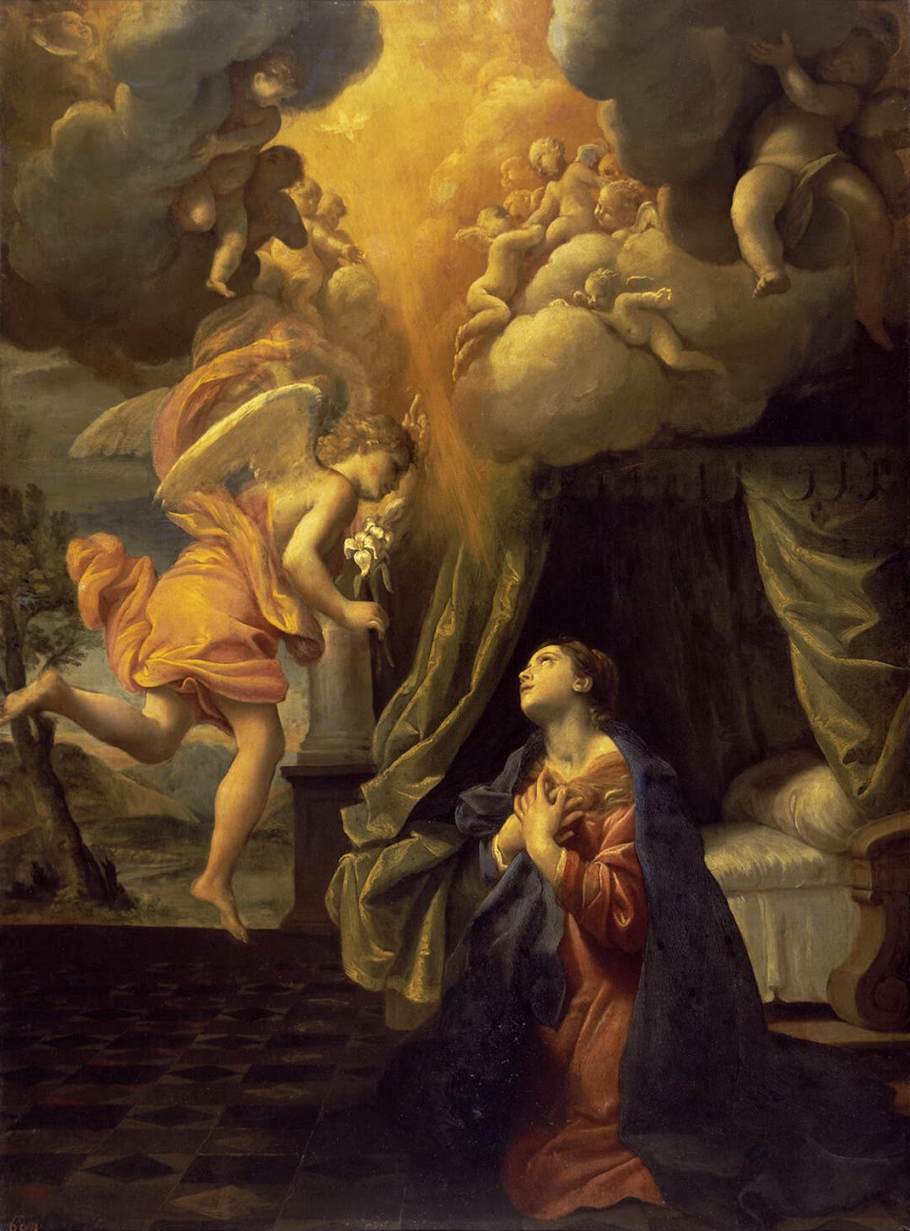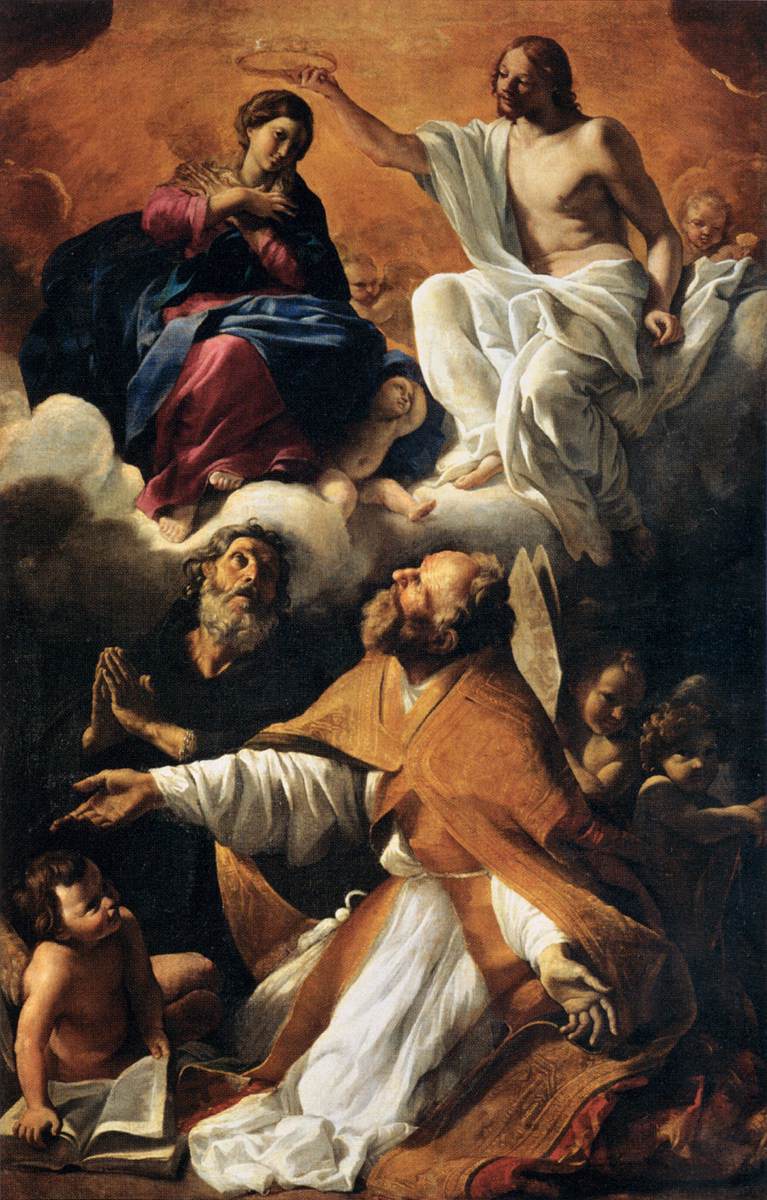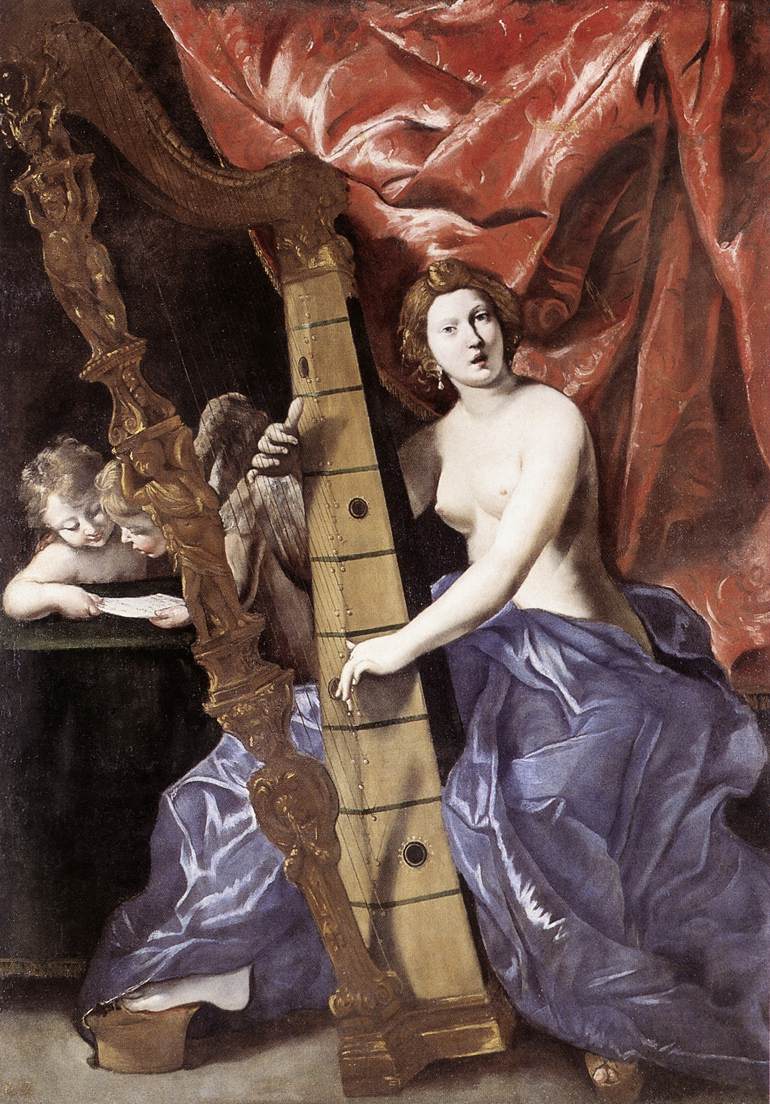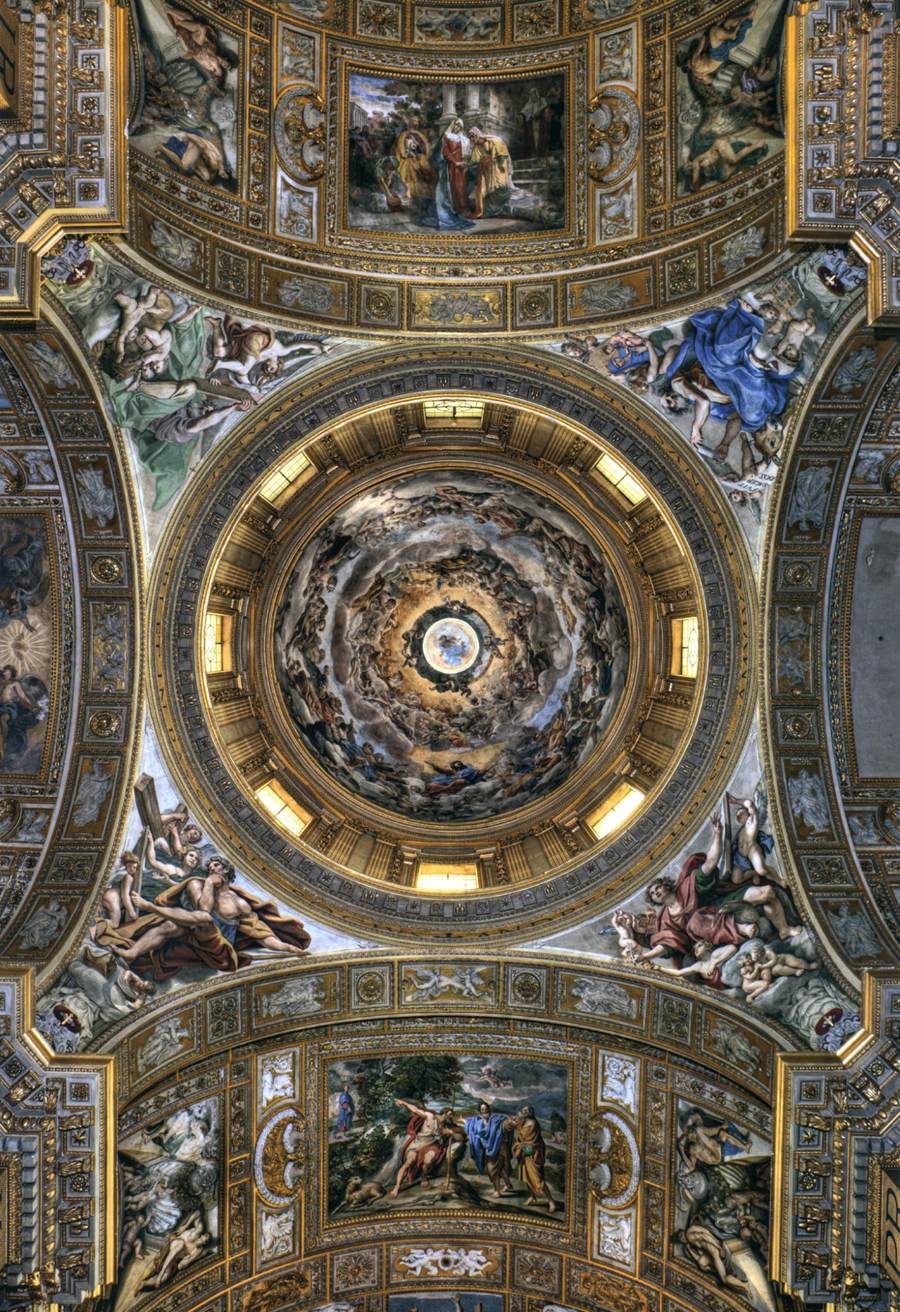A prime product of Parma: Giovanni Lanfranco was born 26 January 1582 in the northern Italian city. Enjoying study with some of the key artistic figures of the day, Lanfranco would become of the course of his career one of the most innovative figures of Baroque artistic expression.
Lanfranco’s initial training was in the studio of Carracci family, first with Agostino and then with Annibale following Agostino’s death in 1602. It was during this time that Lanfranco honed his skill while also collaborating with other artistic talents. Within the first decade of the 17th century, for example, Lanfranco had aided Carracci in his designs for the Galleria Farnese, and he had also worked alongside Guido Reni in the creation of a fresco cycle for the Church of San Giacomo deli Spagnoli.
Branching out into individual commissions, Lanfranco eventually found himself competing against the very artists with whom he had once collaborated. A prime example was his accusation of plagiarism levied against colleague Domenico Zampieri, better known as Domenichino, whose 1614 Last Communion of Saint Jerome struck Lanfranco as too similar to an earlier Carracci composition (for more on this accusation, check out Elizabeth Cropper’s 2005 book, The Domenichino Affair: Novelty, Imitation, and Theft in Seventeenth-Century Rome). At the same time, though, Lanfranco developed his own unique approach. Blending dynamism with order and color with tenebrism in innovative ways, Lanfranco enjoyed large-scale commissions throughout his career, including his acclaimed contributions to the Church of Sant’Andrea della Valle in Rome. His last great commission was that for the Church of Santi Apostoli in Naples, on which he worked until 1646, the year before he died.
The Annunciation, 1610-1630. Oil on copper, 74 by 54 cm. The Hermitage, Saint Petersburg.
Seated Apostles and Putti, 1637-1638. Red chalk. 13 by 24.5 cm. Metropolitan Museum of Art, New York.
Coronation of the Virgin with Saint Augustine and Saint William of Aquitaine, c. 1616. Oil on canvas. 220 by 144 cm. Louvre Museum, Paris.
Study for the Personification of Justice. Black and white chalk. 37 by 26 cm. Bibliotheca Ambrosiana, Milan (F 261 n. 232).
Venus Playing the Harp (Allegory of Music), 1630-1634. Oil on canvas. 214 by 150 cm. Galleria Nazionale d’Arte Antica, Rome.
Crossing Cupola (Vault: Lanfranco, Assumption of the Virgin; Pendentives: Domenichino, The Four Evangelists), 1622-1628. Fresco, Sant’Andrea della Valle, Rome.






